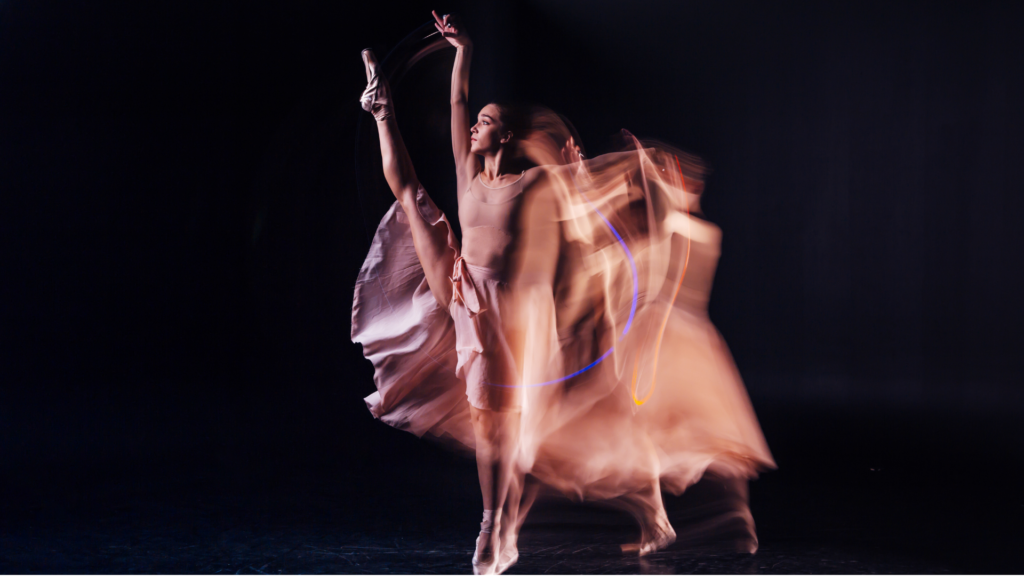Dance mastery is a really profound journey into something much greater than technique. It’s a blend of passion with a lot of dedication and understanding at a high level of movement, rhythm, and expression. Whether beginner or experienced, the road to mastery is strewn with challenges and rewards.
At its core, dance involves connection—both with one’s body and with others. To become proficient in dance, one must first develop a good technical foundation. To do that, it takes quite a bit of consistent practice and openness to learning from various styles and forms. Each genre of dance, whether ballet, hip hop, or contemporary, has something unique to say about movement and artistry. Adopting a range of styles not only enhances versatility but also deepens an appreciation for the art.
Some qualities involve the practice beyond one’s technique in mastering dance. An investigation of expression will often be found. A dance language, it speaks for emotions, and in this regard, one can take one’s performance to higher experiences in terms of moving about and communicating what one sees. Storytelling is common practice; a choreographer is merely a narrator who takes the audience through a series of happenings. The study of choreography and improvisation are steps forward for dancers. They lead an individual to discover their unique voice in representing personal experiences.
The role that a mentorship plays is immense. Collaboration with matured dancers and teachers can be very insight-giving, even constructive, sometimes. The acquisition of knowledge from a formal classroom structure and an informal setting is pushed to the furthest limits of one’s possibility when presented in a context supervised by a guide. This establishment of relationships also among the dancers fosters the framework for developing a support system which would enable learning through a collaborative effort.
Another aspect of mastering the dance is through physical fitness and mental resilience. Dance requires much more on the physical side: it would require strength, flexibility, and stamina, which can all be developed through cross-training and the practice of injury prevention. Improving your growth mindset for one’s mental fitness enables the dancer to accept challenges and setbacks as learning opportunities.
Consistency and patience are the final keys to mastering a weapon. Mastery does not occur overnight; instead, it is realized from years of dedication and persistence through difficulty. Small victories achieved along the way can be a great motivator and custodian of passion towards the art.
The multi-dimensional journey comprised technique, expression, community and growth as a person: to make it, thus, to a level that can be considered as dance mastery. Dancers commit themselves in improving the skills learned and discovering new things to deepen their bond both with themselves and those people around them through movement. Have a walk, ask questions, and allow your passion for dancing to take you the way.

